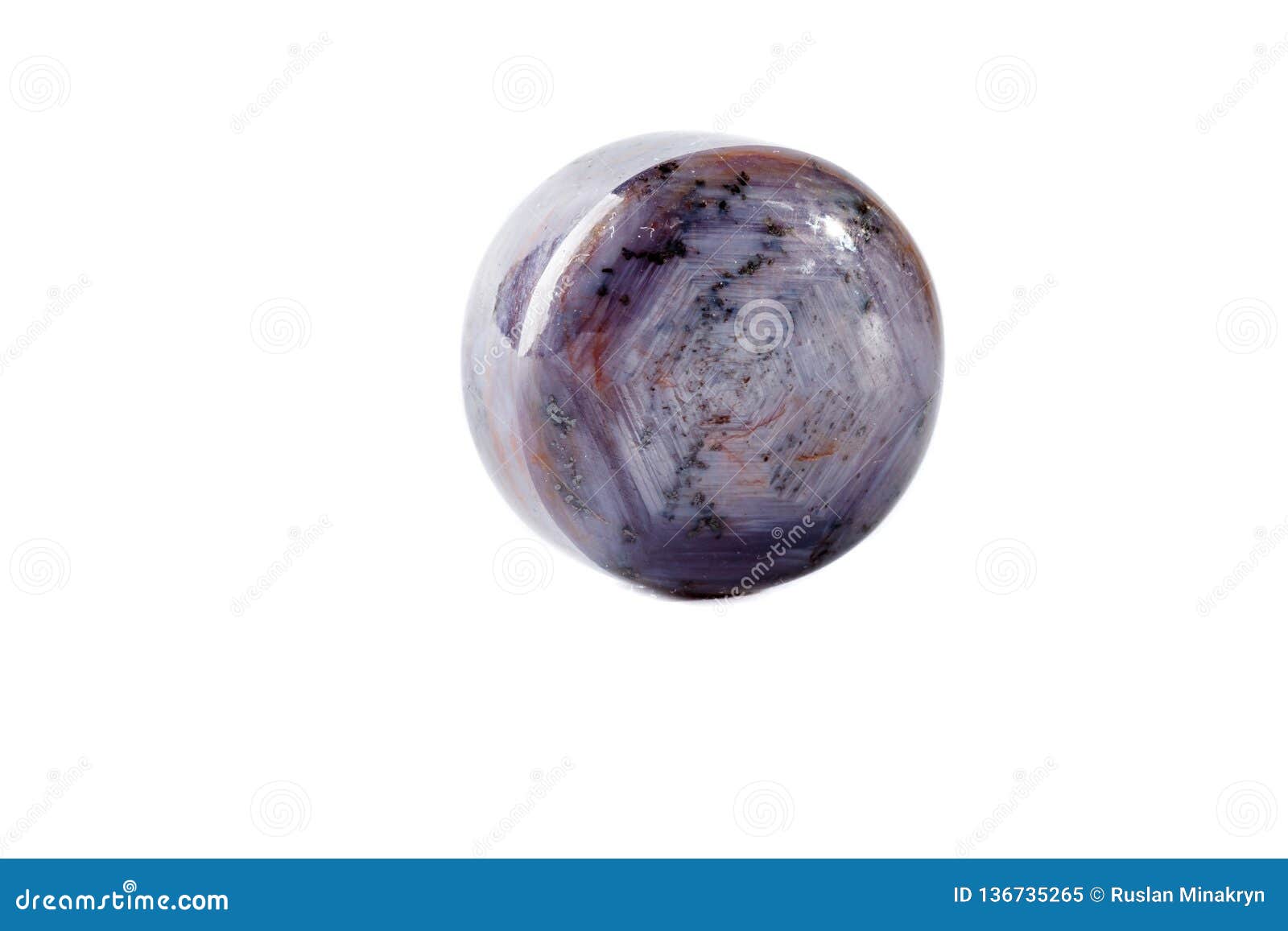


The geological conditions of formation have imparted some gem corundum with a sufficient quantity of the red-coloring agent chromium to pass as a ruby, while some gem corundum is colored by iron and titanium, which impart the blue color seen in sapphires. Corundum therefore forms in a limited range of P-T-x environments (including silica undersaturation), and the number of possible ways in which gem-quality corundum can form is even narrower. In our silica-rich Earth, corundum (α-Al 2O 3) is not the easiest mineral to form as any excess alumina tends to react with silica and other components such as alkalis to form other alumina-rich minerals such as feldspars and micas. The observations described herein are an attempt to address the question of what the geochemical and geological constraints are that turn gem corundum into a spectacular ruby.

In these assemblages, Cr can vary by nearly four orders of magnitude with essentially no consistent relationship to other trace elements. Notably, in the monogenetic assemblages, chromium seems to vary independently from other trace elements. On the other hand, polygenetic assemblages are composed of rubies and blue sapphires with distinct inclusions and trace element chemistry profiles. In the monogenetic assemblages, the rubies and blue sapphires have essentially indistinguishable inclusions and trace element chemistry profiles (with the exception of Cr contents). Comparison of the trace element profiles and inclusions in the blue sapphire/ruby assemblages in these deposits shows that there are both monogenetic and polygenetic assemblages in which the blue sapphires and rubies have the same geological origin (monogenetic) or distinct geological origins (polygenetic).

This contribution deals specifically with economically important gem corundum mining regions that produce both blue sapphires and rubies either in comparable quantities (Mogok, Myanmar, and the basalt-related gem fields on the border between Thailand and Cambodia at Chanthaburi, Thailand, and Pailin, Cambodia) or predominantly blue sapphires with rare rubies (secondary Montana sapphire deposits and Yogo Gulch in Montana as well as the gem fields of Sri Lanka). It can take only a couple thousand ppm chromium to create the rich, red color expected of a ruby. However, this classification often overlooks the fact that the precious stones produced are the same mineral with only an overall slight difference in their trace element profiles. Gem corundum deposits are typically divided into blue sapphire and ruby deposits.


 0 kommentar(er)
0 kommentar(er)
